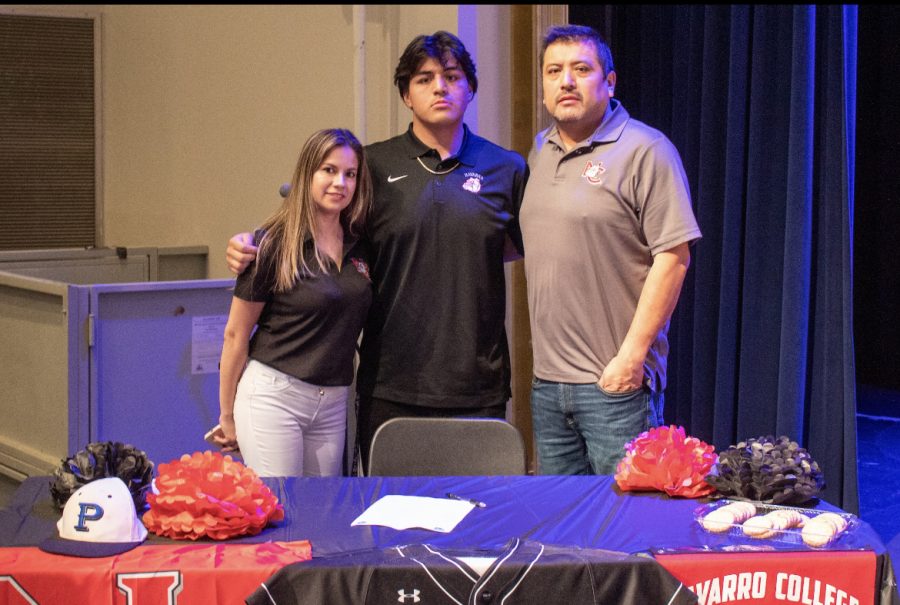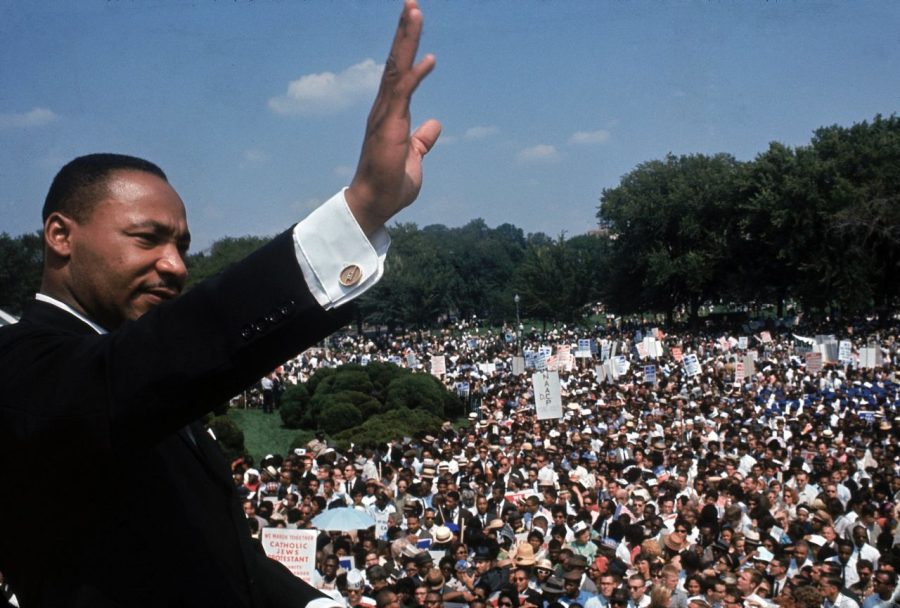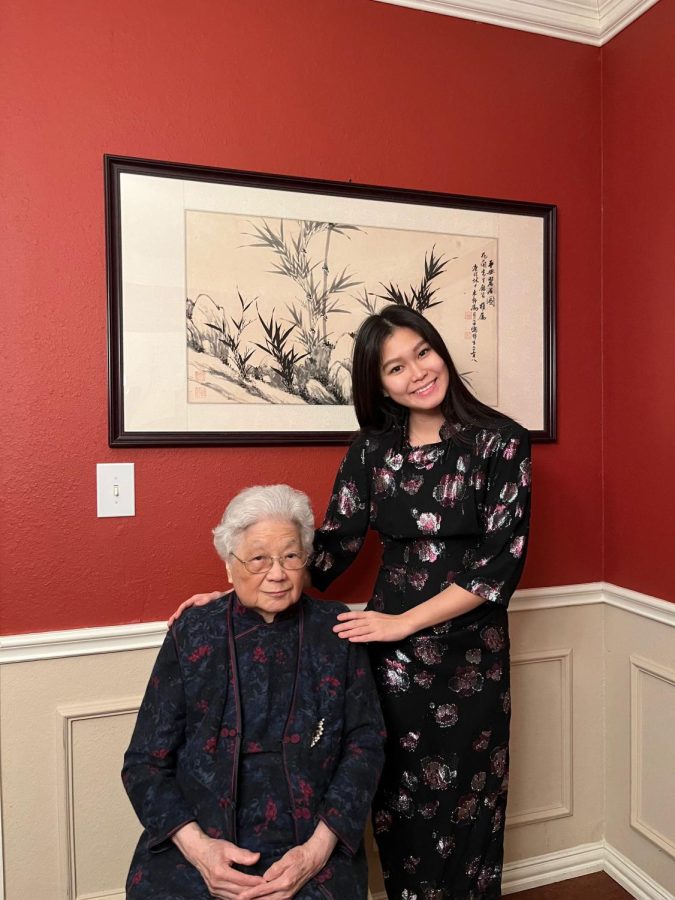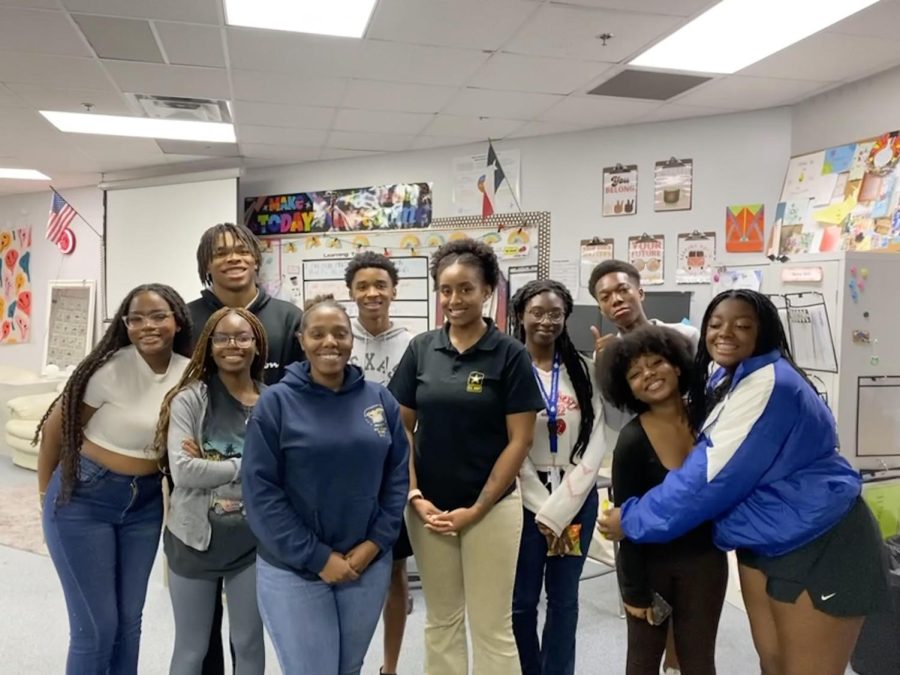The college admissions process can be stressful and grueling—but is it unconstitutional?
On Oct. 10, the Supreme Court began hearing arguments for Fisher v. University of Texas at Austin, a case in which the plaintiff argues exactly that. In 2008, Abigail Fisher, a Caucasian woman from Sugar Land, Texas, was denied admissions to the prestigious university and she claims that she was discriminated against as a direct result of the affirmative action policies that the school implements. Fisher claims that these policies violate the 14th amendment guarantee to equal protection under the law.
Universities across the country use affirmative action as a means of increasing diversity on their campuses. Through the process, race is considered as one factor among many that colleges consider as they look through potential students’ applications, and students from minority backgrounds may be given preference over students who are not minorities.
“I can understand why colleges would want to promote diversity by using affirmative action,” junior Nancy Zhong said. “But I don’t think it’s fair for people who have worked so hard to go to college and are turned down because of the policy.”
A central argument against affirmative action seems to be that while in theory it bridges the racial divide, in actuality it only perpetuates it. Some critics have gone so far as to call affirmative action policies “reverse racism.”
“If we’re creating a level playing field, it should be strictly based on your abilities and success, not on your race,” senior Cara Gordon said.
These sentiments echo a ruling by Chief Justice John Roberts in 2007 in which he wrote, “The way to stop discrimination on the basis of race is to stop discriminating on the basis of race.”
Fisher’s lawyers have pointed out that the university’s “top ten percent rule” already ensures a degree of diversity. However, lawyers for the university argued that it is not sufficient, which raises the question: What is the magic number? The university says they are trying to attain a “critical mass” of minority students, yet have not been able to concretely define that concept.
On the other hand, Fortune-100 companies including Microsoft, IBM, Starbucks and Cisco have filed a brief in support of the university. These companies say that they rely on diverse student bodies at campuses across the country in order to maintain diversity in the workforce. The brief claims that it is essential for college students to be able to interact and collaborate with people from a variety of different backgrounds and perspectives.
Nevertheless, that does not address the questionable constitutionality of affirmative action.
“If someone is highly qualified, then they should be able to get in to college and even get a job, without affirmative action,” senior Baylee Luther said. “I don’t think it’s really fair to someone like me, who can’t check the box and say I’m a minority.”
The court’s decision on the case is not expected for several months. Regardless of the decision, the policy of affirmative action may well exist in some form or another: perhaps based on socio-economic status, which could simply be a subtler way of achieving a similar goal.
“I agree with affirmative action to an extent, because of the history of minorities not having equal rights,” senior Brianna Cantey said. “Today, minorities can have a better chance of a college education.”









